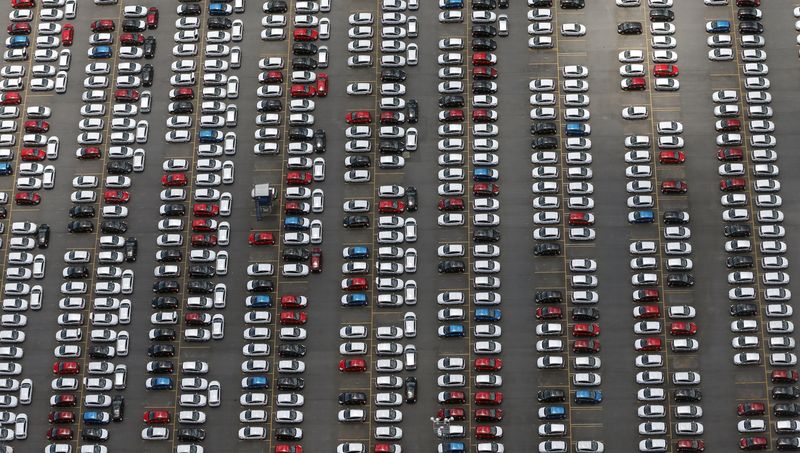By 2035, every second car sold worldwide is expected to be a battery electric vehicle (BEV), according to a report released on Wednesday. BEV sales are projected to account for 48% of the global market share, a significant rise from 16% in 2025.
The Counterpoint Research report showed that BEV sales grew 22% in 2023. While there may be a small blip expected in 2024, the overall trend through the next several years is very strong. Carmakers increasingly work on better production efficiency and cost reduction as they partner with battery makers to keep up with surging demand.
This has an upward trend continuation in sight, with a 17% yearly growth expected from BEV sales from 2025 to 2030. The global passenger car market has its own set trajectory of slow but gradual growth, passing sales of 105 million by the year 2035.
Driving this switch to EVs is rising demand in key markets like South Korea and Europe. Other countries likely to see similarly rapid EV adoption include those of Southeast Asia, Latin America, India, and Japan; adoption there will be strongly driven by the presence of domestic players.
On the other hand, the US will likely take measures to protect its homegrown automotive industry, which may include barring Chinese EV manufacturers from entering the market.
While plug-in hybrid electric vehicles (PHEVs), which feature both electric and gasoline-powered engines, have gained traction in recent years, their popularity is expected to decline post-2030 as BEVs become more dominant.
“Major Western automakers are struggling to make profits from their BEV units. To tackle this, they are shifting gears and focusing more on PHEVs for now”, stated Abhik Mukherjee, research analyst at Counterpoint.

